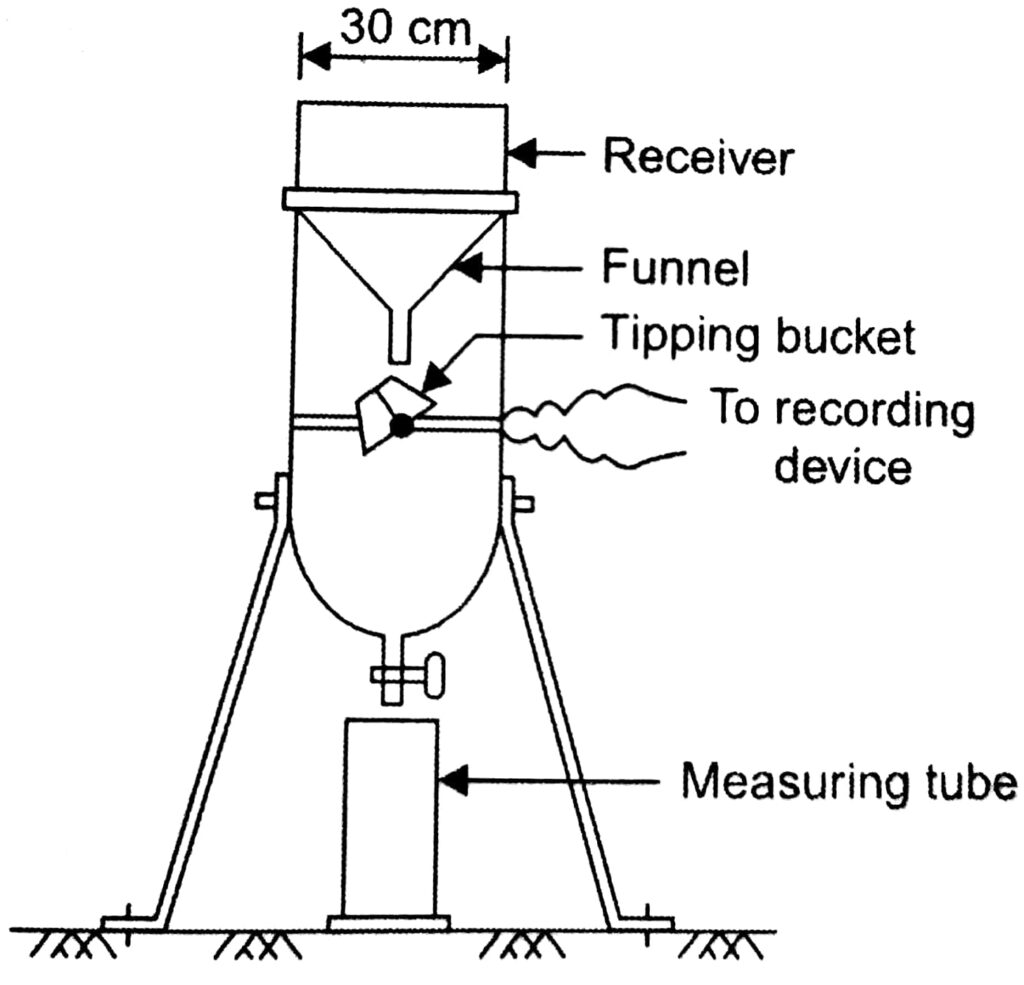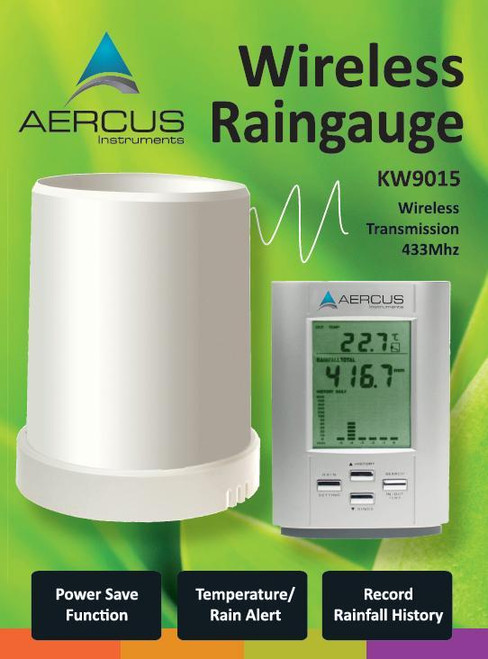Discovering the Evolution of Rain Determines: From Standard to Smart Gadgets for Enhanced Accuracy in Rain Measurement
The measurement of rainfall has been a basic facet of meteorology for centuries, shaping our understanding of weather patterns and climate patterns - rain gauge. From the early hands-on rain assesses to the extra current intro of wise gadgets, the development of rainfall measurement tools has been a journey marked by advancement and accuracy. By mapping the innovations in rainfall scale innovation from standard designs to the innovative wise gadgets these days, we can get useful insights into just how these growths have actually reinvented the method we collect and evaluate rainfall data
Very Early Handbook Rain Gauges
Throughout classical times, fundamental vessels were utilized to determine rainfall manually, noting the early origins of rain determines. These very early rain gauges were straightforward containers positioned in open locations to collect rain. The gathered water was then by hand determined using markings on the container to determine the quantity of rainfall that had taken place within a certain period.
Although these manual rainfall gauges worked in offering a fundamental understanding of rains patterns, they were restricted in accuracy and precision. Elements such as wind, evaporation, and splilling could impact the dimensions, resulting in possible mistakes in the videotaped data.

Regardless of their limitations, early manual rain assesses played a critical role in the advancement of a lot more innovative rainfall dimension tools. The principle of accumulating and determining rainfall laid the foundation for the production of advanced rainfall determines that made use of clinical concepts to give even more exact and trustworthy information. This advancement inevitably brought about the growth of modern-day rainfall assesses efficient in catching accurate measurements in different environmental conditions.
Growth of Mechanical Rainfall Gauges
The progression from very early hands-on rainfall evaluates to extra sophisticated mechanical rainfall measurement tools marked a substantial leap in the advancement of rain scale technology. Mechanical rain determines, also recognized as tipping bucket rain determines, operate on a basic yet effective principle.
Mechanical rainfall gauges are normally constructed from resilient products like stainless steel or plastic, making sure longevity and dependability also in harsh weather condition problems. With advancements in innovation, modern-day mechanical rainfall gauges can likewise be geared up with digital sensors to transfer real-time information wirelessly to information collection systems. This mix of mechanical toughness and digital connectivity has actually made mechanical rainfall gauges a prominent option for meteorological stations, study organizations, and farming applications where precise rainfall measurements are critical for decision-making processes.
Introduction of Electronic Rain Gauges

Electronic rainfall gauges deal significant benefits over conventional mechanical gauges, consisting of higher accuracy, the ability to measure smaller sized increments of rainfall, and minimized maintenance demands. By leveraging electronic elements like tipping pails or acoustic sensors, these tools can offer thorough info on rainfall strength, duration, and circulation patterns with enhanced dependability.
In addition, the combination of digital rainfall gauges right into climate tracking networks enables the collection of big quantities of data for analysis and projecting purposes. This data can be used to boost predictive designs, boost very early warning systems for extreme climate events, and support environment research efforts. Generally, the intro of electronic rain assesses stands for a pivotal innovation in the field of meteorology, assisting in extra precise and extensive rains dimension capacities.
Transition to Wireless Rain Assesses
Progressing past traditional approaches, meteorological instrumentation has gradually changed towards wireless rainfall gauges for enhanced data collection and transmission. These innovative devices utilize wireless technology to transmit real-time rainfall information to central systems, using meteorologists and scientists instant access to precise and trustworthy details. The transition to cordless rain evaluates removes the need for manual data collection, decreasing human error and enhancing effectiveness in keeping track of precipitation patterns.
Wireless rain gauges are geared up with sensing units that can discover even the tiniest amount of rainfall, giving specific measurements for better evaluation and forecasting. The seamless assimilation of these evaluates into existing climate tracking networks enables thorough information collection across numerous geographical places, enabling an extra detailed understanding of rains distribution and strength.
Additionally, the wireless capacity of these rain assesses enables remote surveillance in hard-to-reach or dangerous locations, broadening the extent of you can try here rainfall dimension in challenging atmospheres. With their ability to enhance information transmission and enhance precision, wireless rainfall gauges represent site link a substantial innovation in meteorological technology, enhancing the accuracy and dependability of rains measurement for scientific research and functional forecasting.
The Age of Smart Rainfall Gauges
Becoming a pivotal improvement in atmospheric instrumentation, smart rain assesses incorporate advanced innovation for boosted data collection and analysis. These innovative gadgets are outfitted with sensors that can measure not only the quantity of rains yet also additional specifications such as strength, period, and also go down size circulation. By leveraging cordless connection, clever rain evaluates can transfer real-time data to atmospheric terminals, giving instant accessibility to specific rainfall measurements.
One of the crucial attributes of clever rainfall determines is their capacity to autonomously readjust for ecological factors that might affect the precision of conventional rainfall assesses, such as wind interference or evaporation. This self-correction system guarantees that the data gathered is much more constant and trustworthy, causing enhanced projecting designs and better-informed decision-making in numerous fields like farming, water source administration, and urban planning. The integration of fabricated knowledge and machine understanding formulas in smart rainfall evaluates allows for innovative information analysis, pattern recognition, and forecasting capacities, additionally enhancing their energy in contemporary weather forecasting.
Final Thought

From the early manual rain gauges to the more recent introduction of clever tools, the advancement of rainfall dimension tools has been a journey marked by innovation and accuracy.The progression from early hand-operated rainfall assesses to a lot more sophisticated mechanical rain measurement tools noted a considerable leap in the evolution of rainfall scale modern technology. Mechanical rain determines, likewise known as tipping bucket rain evaluates, run on a basic yet reliable principle.One of the vital attributes of wise rain gauges is their capacity to autonomously change for environmental factors that might impact the accuracy of standard rain gauges, such as wind disturbance or evaporation.In conclusion, the advancement of rain gauges has actually progressed from very early hands-on devices to electronic and mechanical versions, eventually leading to the you can try these out growth of cordless and smart rainfall evaluates.